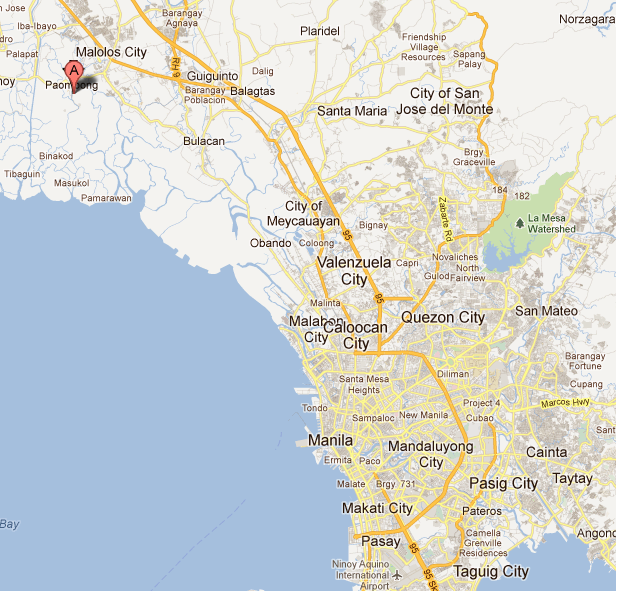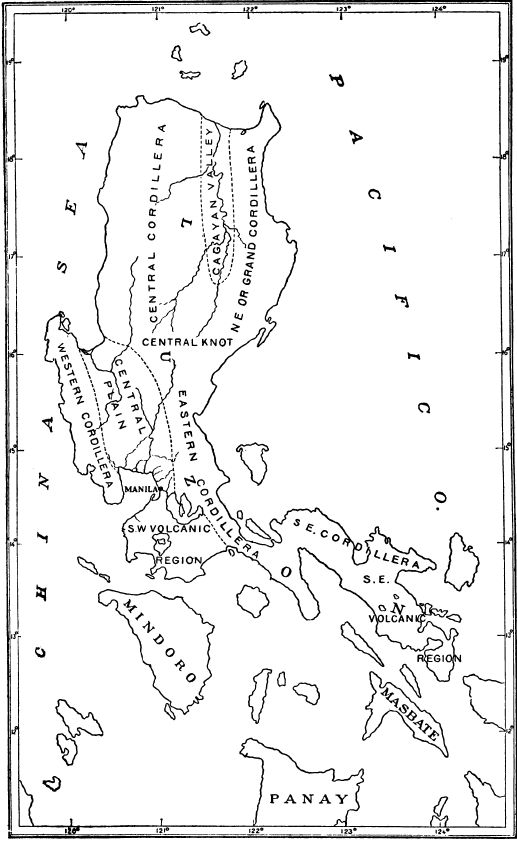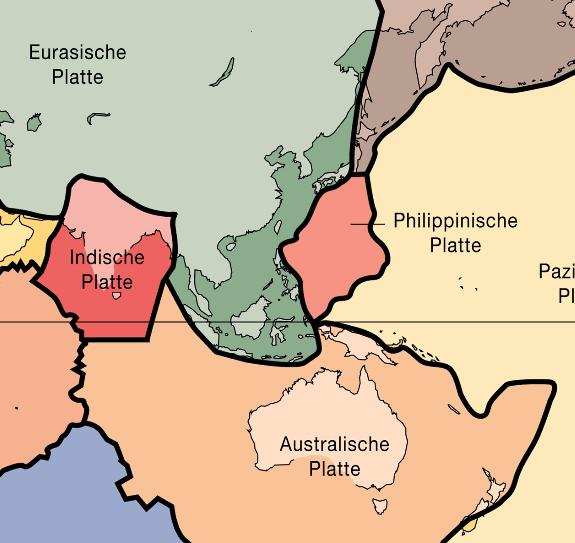| |
|
| |
| At this part of our Websites we describe the village Paombong at the Province of Bulacan, |
| because most of our relatives live there. Our intention is that we visit this village and our relatives |
| there more often but at the moment it is nearly impossible for us to go there. For us there are at |
| the moment two reasons not to visit the Philippines. One is because of the political situation there |
| (we are a bit worry with our two small children) and the other is the expenses we would have as |
| family. But still we would like to describe below how you all can reach the Philippines and we want |
| to share our experiances with you. Further we want describe some sightseeing points at the main |
| isle of Philippines - Luzon - and at the Metropolis of Manila. |
| |
| N 14° 82,9197' E 120° 78,9785' (Home of Family Suerte Felipe) |
| |
| Paombong is about 40 to 50 km northwestern of the Metropolis of Manila located. |
| |
| |  |
| |
| Very interesting too is a graphical overview of Adams, which shows the geographical regions of |
| the main isle Luzon. With this overview you can see that Paombong, same as Manila, is located |
| in the Central Plain between the Western (Zambales Mountains) and the Eastern Cordilleres. |
| This big Central Plain is about 190 km long and 110 km width. It goes from Manila Bay at |
| the south until the Gulf of Lingayan at the north. |
| |
| |  |
| |
| The climate is tropical. With a mid annual temperature of over 26° Celsius and with a mid annual |
| rainfall of about 2200 mm most days are wet warm with a humidity of 80% the whole year. From |
| mid of May until October it is Taifun season. More Details you can read at the Philippine |
| Institute for Atmospherical, Geophysical and Astronomic Services (PAGASA, see below at |
| Current Weather). |
| |
| Weather and Taifoon Forcast by PAGASA |
| |
| As we note by watching a documentation on TV about Philippines and as we read in few available |
| publications, Philippines is from a geological perspective more interesting than many people know |
| and it has a very spectaculary gelolocial history. The Philippines are located at the western |
| border of the ring of fire. Most of the isles grow by diving of oceanic plates, like the |
| Philippinean plate too, under the continental plate, as for example the Eurasian plate. With that |
| diving (called suduction), the bound water at the stones, which is given free with the melting |
| of stones in the magma area, take care that the magma raise a bit more far with a very eruptive |
| vulcanism. At the natural guide of Maren Gaulke she describe that the geolocial development |
| of philippines is not fully clear, but on the TV documentation which I described earlier it |
| was explained that with the raising and going down of the oceans during and after ice ages |
| and lifting of parts of the philippines areas you have partly chalk based mountains, built |
| by the corals of the seas, like in Palawan. |
| |
| |  |
| |
| As I described earlier, our family lives in Paombong, Bulacan, so we will focus on the Central |
| Plain between the Western and Eastern Cordilleres. The Plain, that seems nearly sure was, |
| based on Warren D. Smiths "Geology of Luzon", a part of an ocean. There you will find alluvial |
| (transported by water) materials in the same way than pyroclastic (based on a vulcanic eruption) |
| materials. We are very sorry that we cannot find further information but we promise to describe |
| it here in case we will find out more. |
| |
| As tropical country with a great influence of the climate of the oceans the plant and the whole |
| biotops of Philippines are quite variously shaped. On the other hand you can see too very |
| often big destroying of the nature by humans. |
| Natural you would see - coming from ocean - the following biotops. First you will reach the |
| Mangrove forest, with the characteristic species, the Mangroves. After this, after the flood line, |
| the so called Beach Forest is following, with for example screwing palms (I hope that translation |
| is correct, if not please as with all write me a message!). This biocoenosis can handle a bit of |
| salt, why here bamboos or other palms are missing. Than the lower country Rain Forest follow. |
| Typical species are Flywingtrees (german Flügelnussgewächse). This plants can handle very poor |
| soils, so with sands too. At the higher regions finally you will see the mountain or fog Rain |
| Forests. Examples on this biocoenosis are bay leafe plants, as for example cinnamon. |
| |
| Philippines are home of many kinds of animals, many of them are endemic. That means that you |
| will find those endemic species only in the philippines. At the TV report which is described above |
| they showed during ice ages barriers to other parts of the world and said that most of the |
| phillipine animals comes from Indonesia or traveled over the seas. By evolution they slowly got |
| specialists of the situations in the Philippine Islands. Many of those animals must be protected |
| because many of their oecological habitats are still destroyed. One example of those animals is |
| the tarsier. Surround of Manila we did not see much animals but we will publish more pics when |
| we will be able to made them. |
| |
| History of the Philippines (Wikipedia) |
| |
| Flights |
| We are quite sure many of you took a airplane before and are familar with the countless flight |
| search engines. Those we used in the past too and it is a good idea to consult them and find a |
| suitable flight. Just we have to mention here, that our last booking was years ago, because as |
| family we cannot handle the costs of a flight with two children. Even our last family member |
| invitation was before the pandemic, but with few checks we see how expensive it is meanwhile |
| to fly to Philippines from Europe or the opposite way. Based on this background we will not |
| describe here more about flights. We hope you will find a good solution for your journey. |
| Public Traffic |
| If you made it to Philippines and want to travel to one of the countless isles of Philippins, |
| just use one of the hopping airlines. They wasn't expensive in the past. Beside there are at |
| Metro Manila, like overall in the world, taxis. Just be informed, that, as a person from |
| a western country, you pay very often extra taxes. The default transport vehicle for most |
| Filipinas and Filipinos are Jeepneys. On their windows they write where they will go, but we |
| think you need someone who know a bit how it works and tell you how much the fair should be, |
| specially when you are first time in Philippines. A bit easier to handly are busses. Here |
| it is written too where the bus will go and you pay normally inside of the busses. More |
| difficult than using the busses is how to find the bus stations. Lastly there are trains |
| like the german S-Bahn (a bit different from tubes because they drive most time not in |
| the underground. There are two lines, so called LRT and MRT which connect the parts of |
| Manila and few closer outside regions with the center. Find below some time tables and |
| lists of that public traffic types. |
| - Light Railway Transit Authority (LRT) Routes |
| - Manila Metro Rail Transit System (MRT) Routes |
| Both kinds of trains works between 5:30 am and 11 pm. |
| - List of bus companies at Metro Manila |
| Hotels |
| If you arrive in Manila, same to us, you need often to relax after the long flight and |
| the jetlag. So we use hotels close to Manila airport. One of our favorites was this hotel: |
| Kabayan Hotel |
| Our suggestion is to choose not the cheapest room. We would recomment to spend about 50 |
| EUR for a double bed room per night and a pick up with a taxi from the airport is included |
| too. Breakfirst and lunch or dinner is included as well. From here you are very close to Mall |
| of Asia (where you can enjoy a bit restaurants and shops after your flight). |
| Famous places at and surround of Manila |
| SM Mall of Asia (Wikipedia) |
| Rizal Park (Wikipedia) |
| Nationalmuseum and Museum of the Philippine People |
| Manila Ocean Park |
| Fort Santiago |
| The Manila Cathedral |
| References (all in German, sorry) |
| REESE, Niklas; WERNING, Rainer: Handbuch Philippinen: Gesellschaft - Politik - Wirtschaft - |
| Kultur |
| PETERS, Jens: Philippinen Reise-Handbuch |
| GAULKE, Maren: Philippinen (Naturreiseführer) |
| |
| Our pictures we will share soon again |



